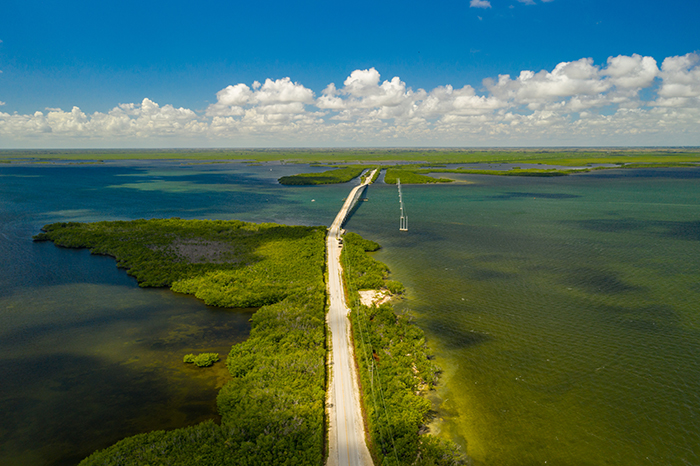Floridians get their water from rivers, streams, wetlands, lakes, springs, aquifers, and estuaries across the state. Florida rainfall is plentiful, but the challenges facing Florida water contamination have been escalating to new heights.
Flooding, discharge of fats, oils and greases, buildings discharge, overloaded treatment plants, mined limestone quarries, saltwater intrusion, leaking septic tanks and cracked superfund sites, are all contaminants’ problems of their own. When all of them are considered together, we can easily reach a crisis point, where short-term solutions will have a very slim impact.
Potable water conservation is driving the development of new laws, ordinances, and consent decrees in the state of Florida.
The Monroe County comprehensive plan update, Article II, Energy and water conservation standards, Sec 114-46, defines the Potable Water Conservation Standards
All development shall make adequate provision for water conservation. To the greatest extent practical, developments shall incorporate the following standards into site and building design:
- Planting of native vegetation to reduce need for use of potable water for landscape watering; and
- Installation of alternative water source systems such as reverse osmosis, cisterns, water re-use and on-site stormwater collection for irrigation and other safe uses.
A Rate of Growth Ordinance (ROGO) was implemented in order to provide for the safety of residents in the event of a hurricane evacuation and to protect the significant natural resources of Monroe County, as required by the State of Florida.
MONROE County ROGO NROGO ordinance offers incentives and faster permitting for building projects recycling greywater.
Both ROGO (residential) and NROGO (nonresidential) are a competitive permit allocation system where those applications with the highest scores are awarded building permits. The competitive point system guides development toward areas with infrastructure and away from velocity zones and environmentally sensitive areas such as habitat for threatened or endangered species.
The Energy and Water Conservation system includes 2 points for grey water reuse in Tier III lands defined as follows: dwelling unit includes the installation of a gray water reuse system, meeting the requirements of the Florida Building Code.
- Gray water reuse means reusing wastewater from residential, commercial, and industrial bathroom sinks, bathtub shower drains, and clothes washing equipment drains for reuse onsite, typically for toilet flushing.
Florida building code requires NSF350C certification for greywater recycling.
The AQUALOOP greywater system is the only system certified by NSF International with the NSF 350C Standard for commercial and residential applications.
Do you know what NSF 350C certification entails? Watch the video:
Ecovie is located in Miami! Call us for lunch and learn! +1 305-928-6343


